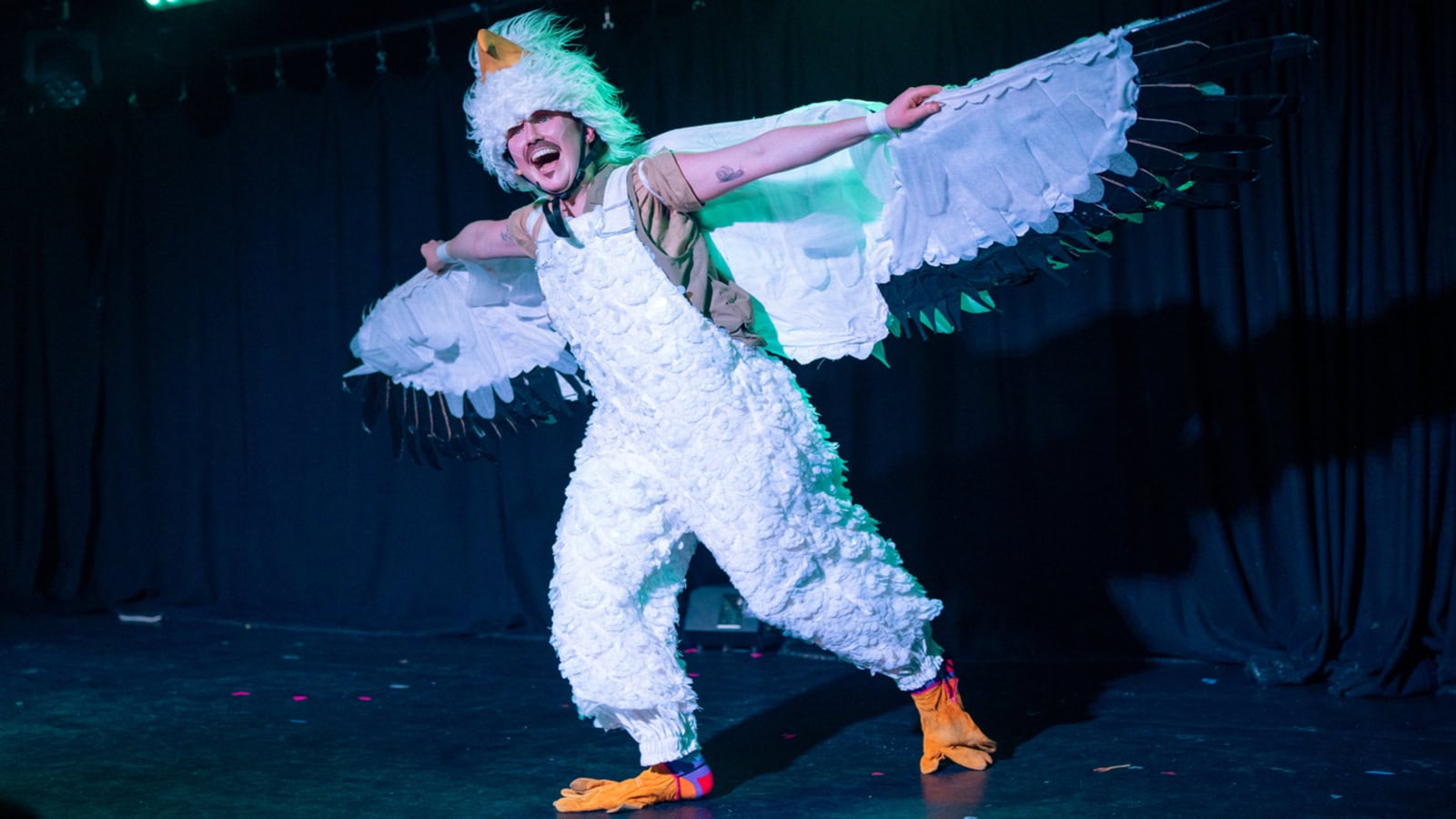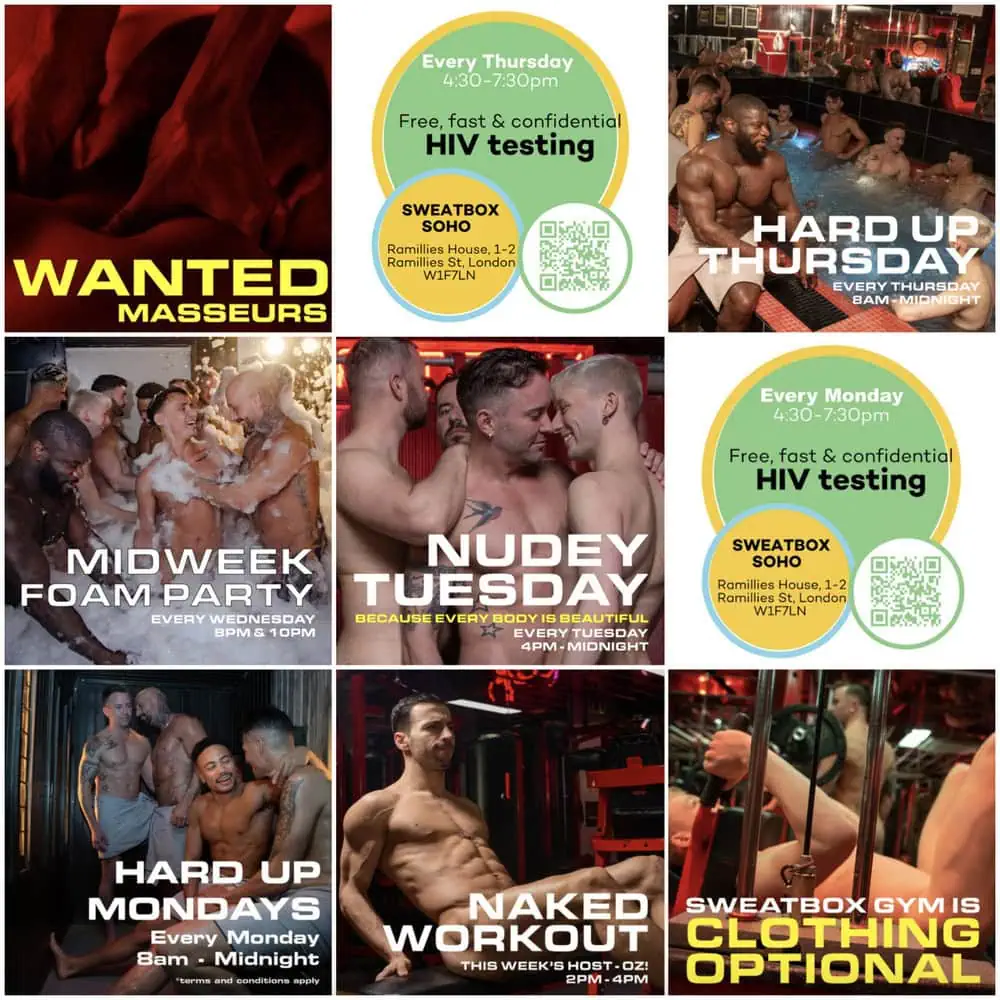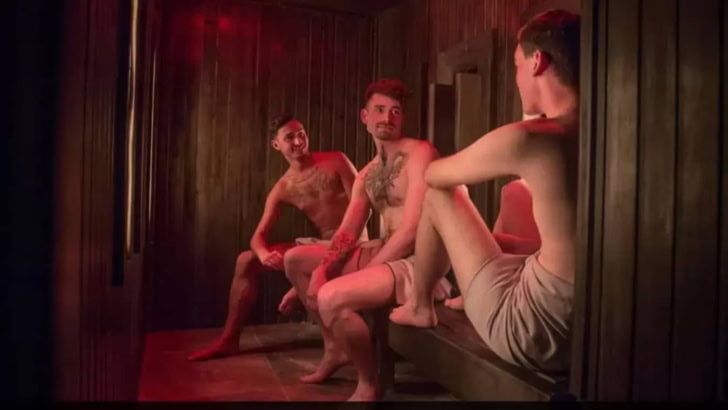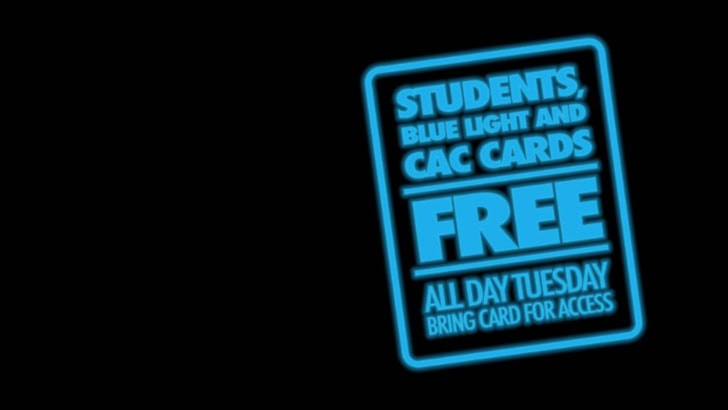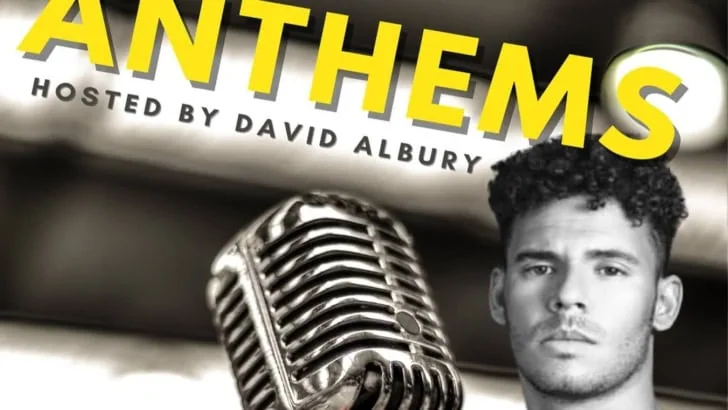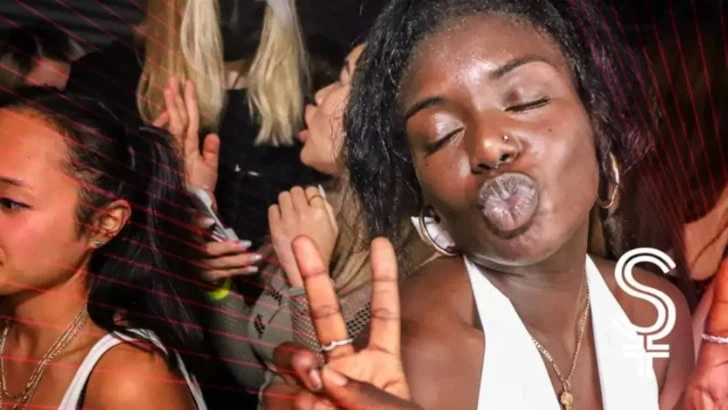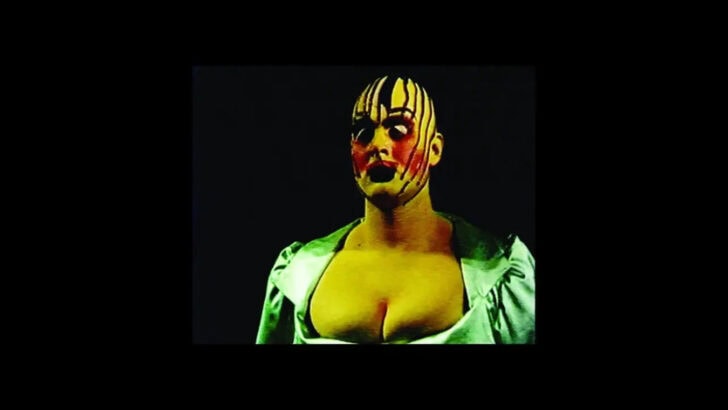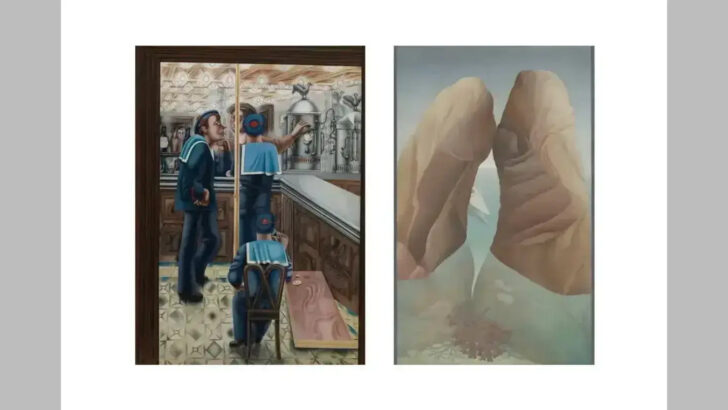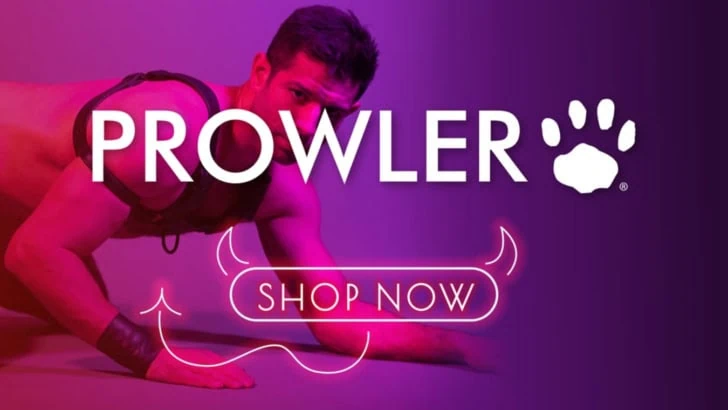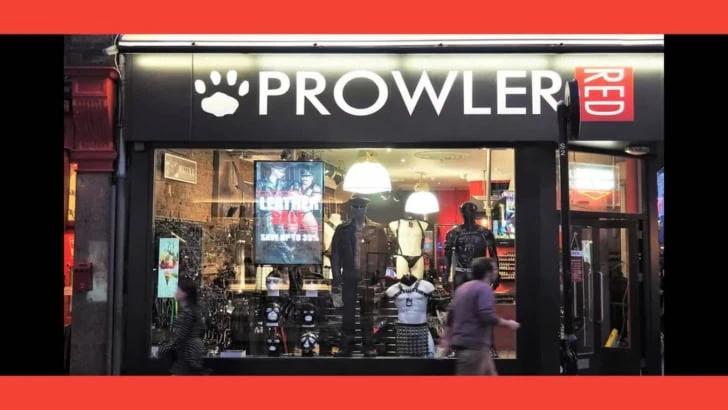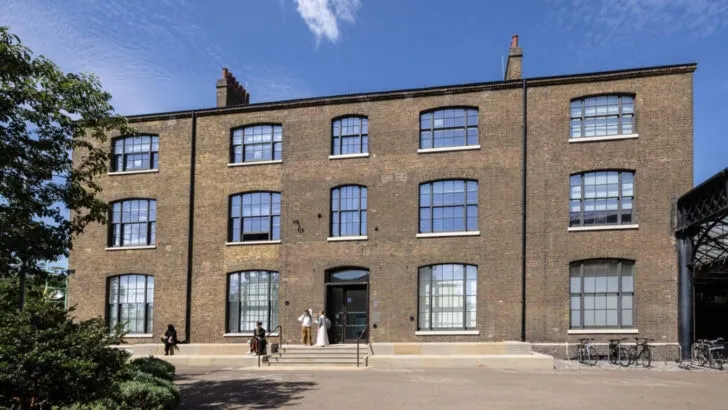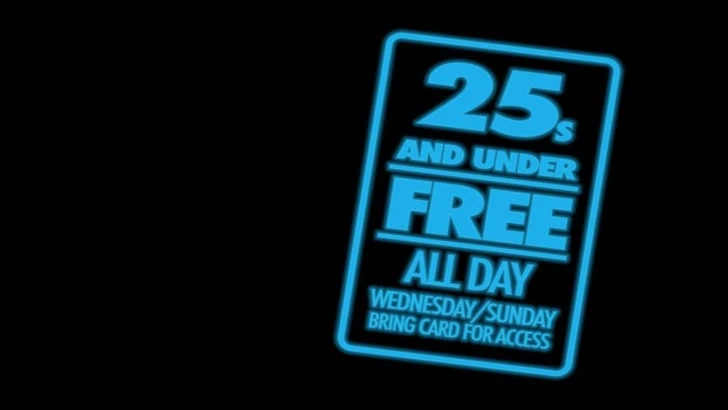Earlier this year, scientists published the first footage ever of humpback whales mating in the wild and, to (almost) everyone’s surprise, they were both male! Scientists started scrambling for explanations; why would this be happening? Don’t they know they can’t reproduce that way?!
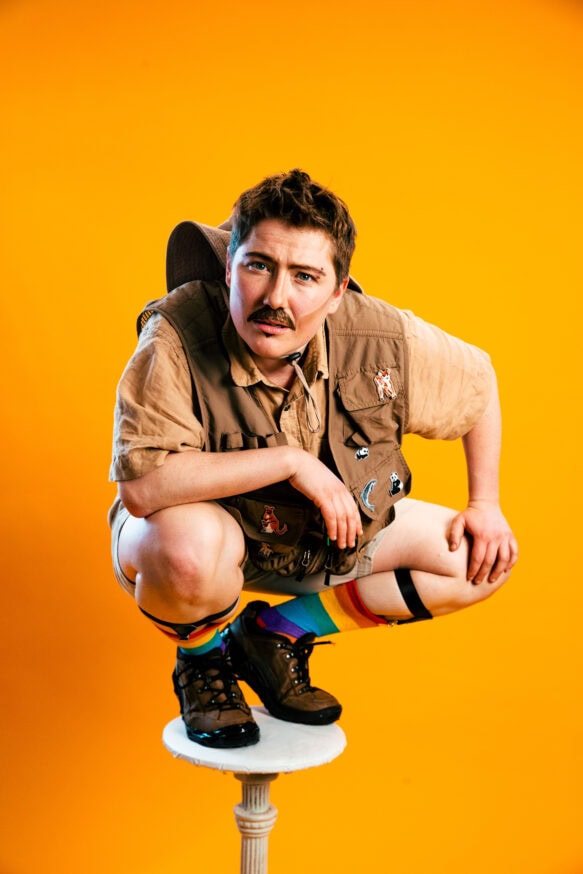
Considering that the first recorded instance of animal homosexuality was in 384BC when Aristotle observed it in pigeons, partridges and quails, you’d have thought we might be used to the idea by now. But no, every instance of queerness amongst animals is desperately explained away, and the explanations are genuinely laughable – the same ones I told myself as a closeted queer teenager at a girls’ school: “we’re just doing this for the boy’s attention” “we’re just practising for the real thing.”
If this is your first encounter with queer animals, welcome. Let’s dive in with a few of my favourite factoids for you to bring out at your next tense and awkward family event:
The genuine scientific term for a dolphin orgy is a wuzzle! Isn’t that wonderful?
Clownfish are sequential hermaphrodites – when the female leader dies, the largest male will biologically transition into a female. The physical transition takes longer than the social one, suggesting that clownfish have a concept of gender separate to biological sex.
Every Spring in Canada, a group of over 100 Red Garter Snakes have an orgy. More than half of the sex that happens between giraffes is homosexual.
Approximately 15% of goose pair bonds are homosexual. They will often parent in a trio with one female.
As of January 19th 2022, 100% of the recorded intercourse between humpback whales is homosexual.
Conversations around identity, and especially queerness and trans-ness, have become so vicious in recent years. I made Queer Planet because I wanted to talk about being queer in a joyful uplifting way that centres trans voices and, most importantly, makes queer people feel really f**ing good about being queer.
Nature documentaries are such a clear cultural reference – they’re like comfort food. They’re wholesome, they’re a-political, they’re exciting story-telling. David Attenborough can explicitly describe animals killing each other, having sex, fighting for power – and there’s no moral judgement put on it. So, no one’s going to get angry at a fish for changing from male to female – right?
Well, that’s what I thought anyway when I started making this show. Turns out people do get angry, but that just proves that we need to keep talking about this.
Now, it must be said that I am not a scientist. The research that has been put into this show is second hand. I have no qualifications in professional scientific research. And maybe this is my superpower…Because the scientific world has, for the most part, been squinting through a heteronormative, patriarchal lens for decades. I am approaching the research from another angle; from a queer, non-human-centric point of view.
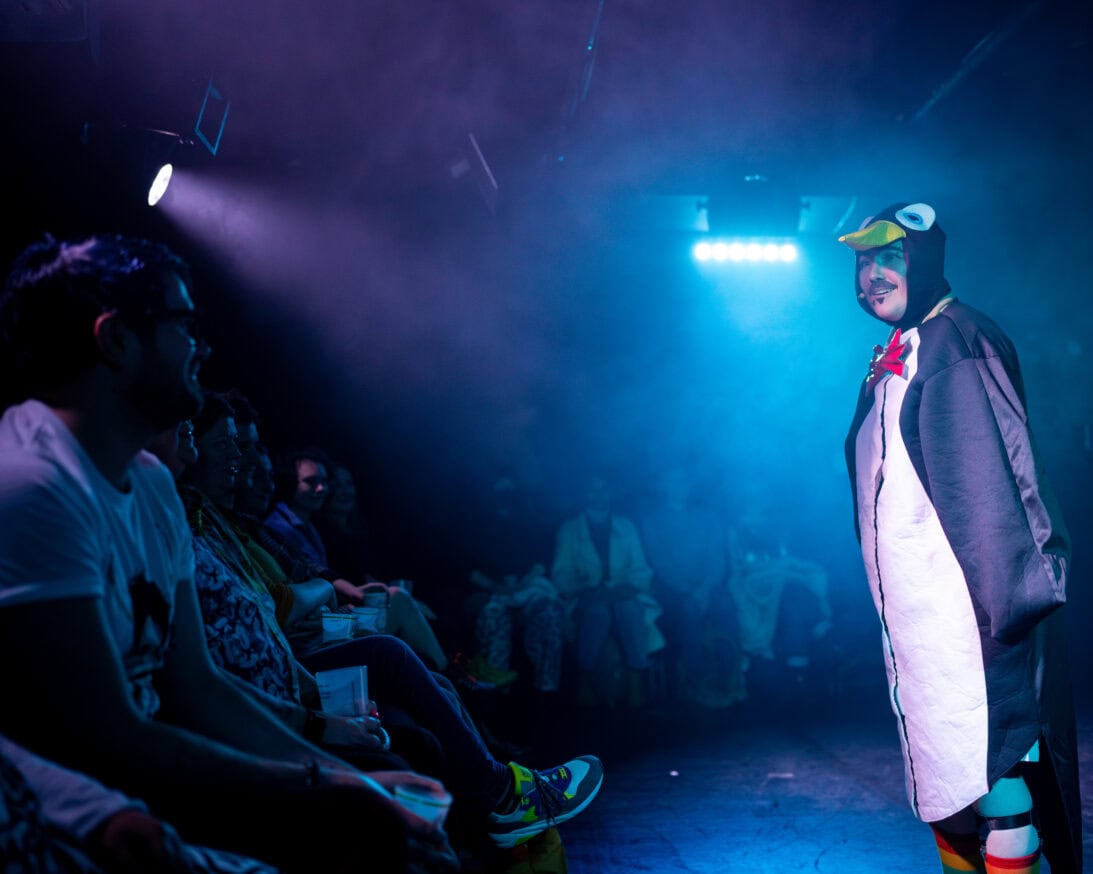
I stress that when I talk about ‘science’ here, I am specifically talking about western science. There is a long history of indigenous communities engaging with queer ecology which it is vital to acknowledge. I am focusing here on the ‘Western’ science I was brought up with and that I am specifically trying to unpick in this show.
There is a general rule amongst ecologists – do NOT anthropomorphise (assign human traits to animals). I understand the arguments for this, but I am not an ecologist and my goals are different. I put it to you that anthropomorphising is one of the best ways to de-centre humans from our view of the natural world. We are selfish beings, and we are much more likely to relate to a creature if we see something of ourselves in it.
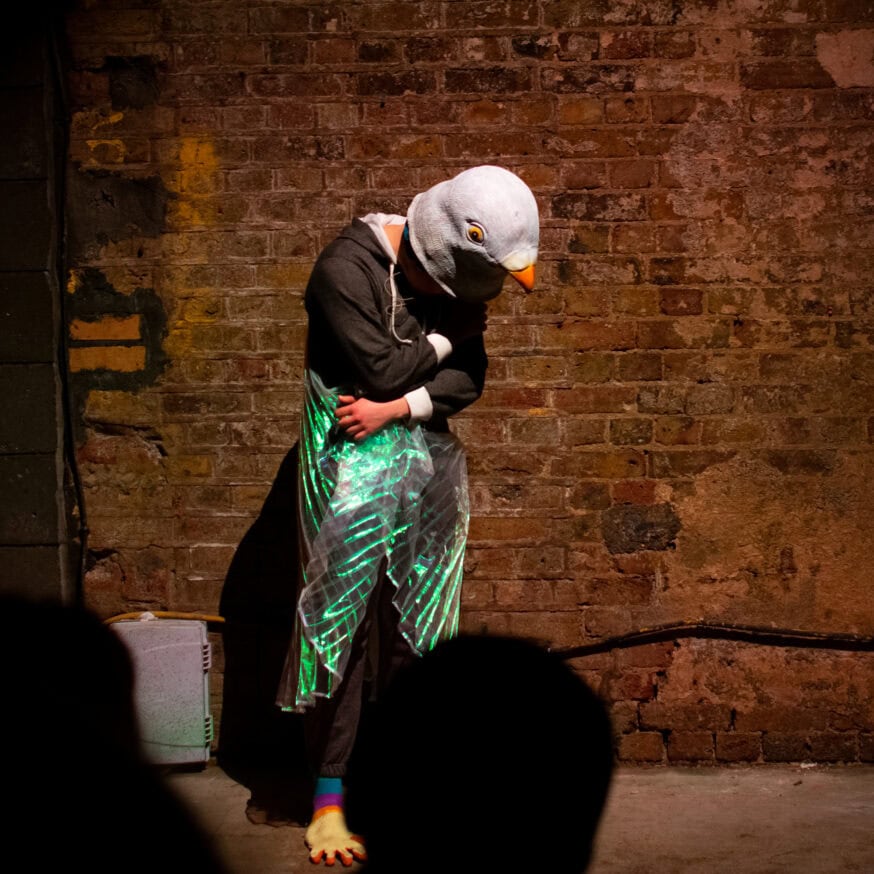
And the reverse is true – Connecting to the animal in me (my whole being really…) has been a joyful, freeing experience. When I learnt about lesbian seagulls; about male seahorses giving birth; about the thousands of biological sexes of fungi; about bisexual bonobos – I felt liberated in my own queerness.
So, Queer Planet is my love letter to nature and to the queer community. It is a rallying call for people to change the way they see the natural world and to reframe how we think about our own identities.
Our relationship to the natural world is more vital now than ever before. I want everybody to be injected with a little bit more compassion and respect for animals. I want us to stop underestimating their complexity and to de-centre ourselves. I want us to look to the fluidity and the freedom in the natural world and let ourselves get swept up in it. I want my trans-ness and my queerness to be accepted for what it is; entirely natural and inevitable. I want all queer people to feel the liberation I have found in connecting to my queer family in the more than human world. I want to bring you a bit of silliness and joy.
Bi-Curious George: Queer Planet runs from 31 July to 26 August 2024, 16:15, Pleasance Dome, 1 Bristo Square, Edinburgh EH8 9AL, United Kingdom.
